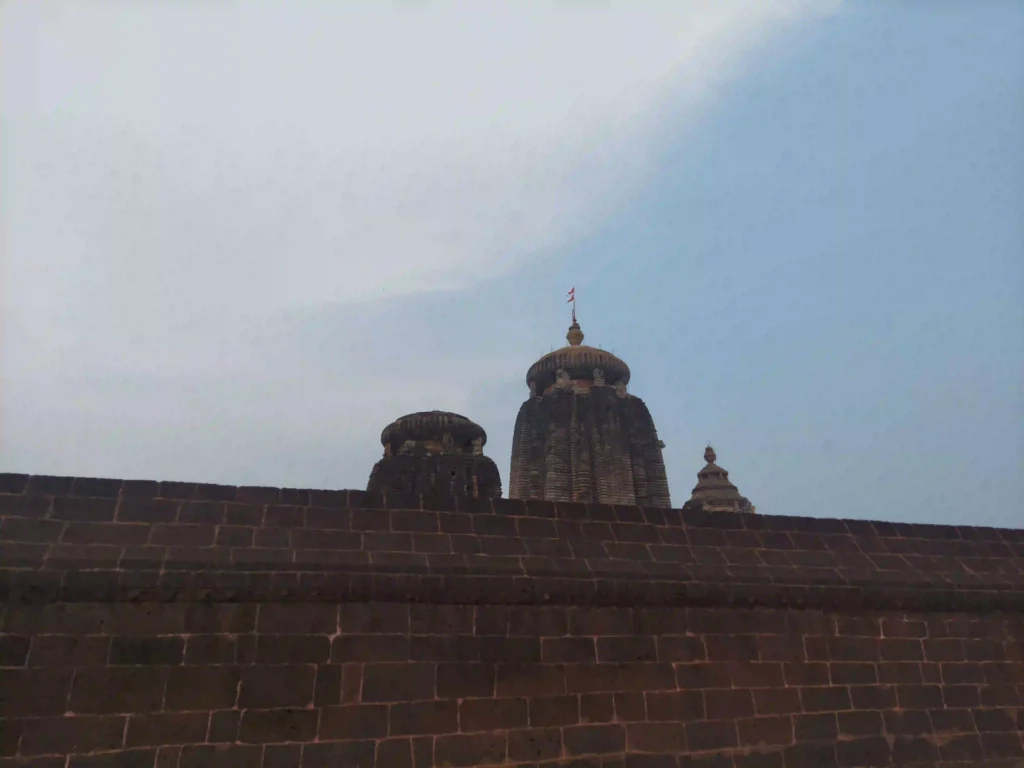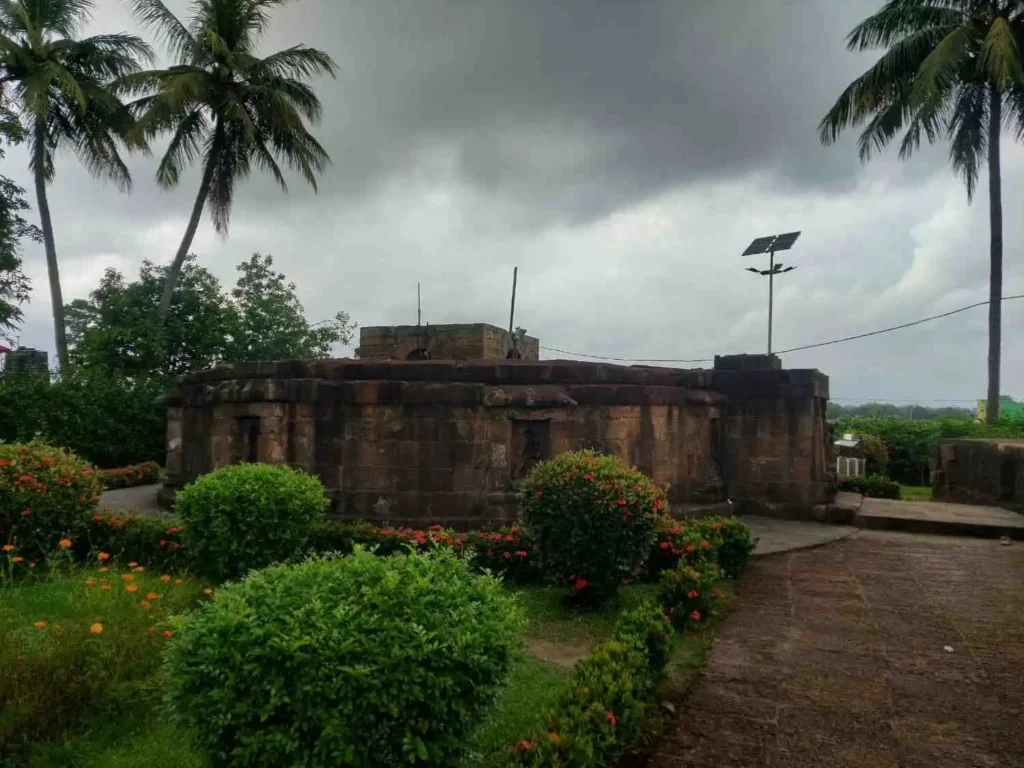Table of Contents

The Forgotten Crown of Utkal – Why Lingaraj Still Rules the Divine Realm
Long before Puri’s Jagannath Temple or Konark’s Sun Temple were built, Lingaraj Temple stood as the spiritual nucleus of Utkal (ancient Odisha). Even though modern fame shifted elsewhere, Lingaraj remained the Tribhubaneswar—Lord of Heaven, Earth, and the Netherworld.
Today, the temple complex, known as Ekamra Kshetra, is not just a place of worship. In fact, it is a living chronicle of a civilization deeply rooted in divinity and discipline.
Architecture that Breathes – A Testament to Ancient Engineering
A Monument Rising into the Skies
How Ancient Kings Built Eternal Legacies

The Unique Deity – Not Just Shiva, but Harihar
The main deity is Harihar—a fusion of Lord Shiva and Lord Vishnu, symbolizing cosmic unity. Unlike typical Shiva Lingams, here you’ll find a serpent form in the midst of Shakti, radiating a powerful, mysterious energy.
Both Bel leaves (for Shiva) and Tulsi leaves (for Vishnu) are offered—a rare ritualistic blend that few temples in India share.Rituals That Keep the Temple Alive – A Daily Routine of Devotion
Morning to Midnight – The Dance of Devotion
From the early Abakasha Niti (cleansing) to Ballav Bhog, Kanti, Enduri, Khechudi, and Puli Bhog, the kitchen of Lingaraj Temple celebrates tradition through sacred meals. The priests bathe the deity, offer food, put Him to rest, and wake Him with devotion and discipline.
The temple proudly displays the presence of both Garuda (Vishnu’s mount) and Nandi (Shiva’s mount), symbolizing the union of two divine traditions and their harmonious legacy.

Celebrations Beyond Compare – Witness the Soul of Bhubaneswar
The Story of Rukuna Rath – A Chariot Without Reverse
The Temple Premises – A Labyrinth of Mini Shrines
Inside a 5-acre enclosure, the temple proudly houses over 70 mini shrines dedicated to deities like Parvati, Ganesh, Bhubaneswari, Kartik, Durga, and Jagannath. Devotees consider the massive Nandi statue here as the second largest in India.
The Savitri temple, Kalpavriksha, and Dakara Vibhishan Shiva Temple stand nearby, each preserving unique legends. During their respective festivals, thousands of pilgrims visit these sacred sites to seek blessings and connect with ancient traditions.The Sacred Waters of Bindusagar – Lake of 108 Holy Drops
Just beside the temple lies Bindusagar, a holy lake formed from 108 sacred water drops from Shiva’s trident. Every Chandan Yatra in Baisakh, the deities ride beautifully decorated boats and rest in the lake’s mandapa.
Here you’ll find Ashtatirthas, Ganga-Yamuna Kund, Godavari Ghat, and Papanasini—each with deep-rooted spiritual power.Temples Around Lingaraj – An Entire Spiritual Ecosystem
Ananta Vasudeva Temple
Kedar Gauri Temple
Mukteswar, Rajarani & More
Travel Guide – Plan Your Journey to Lingaraj Temple Bhubaneswar
- Location: Old Town, Bhubaneswar, Odisha
- Best Time to Visit: October–March or during Ashokastami & Mahashivratri
- Entry Restrictions: Only Hindus allowed inside the sanctum
- Photography: Restricted in the inner temple
- Don’t Miss: Buying flowers and Bhog from temple-side vendors
- Tip: Wash hands at Bindusagar before entry



